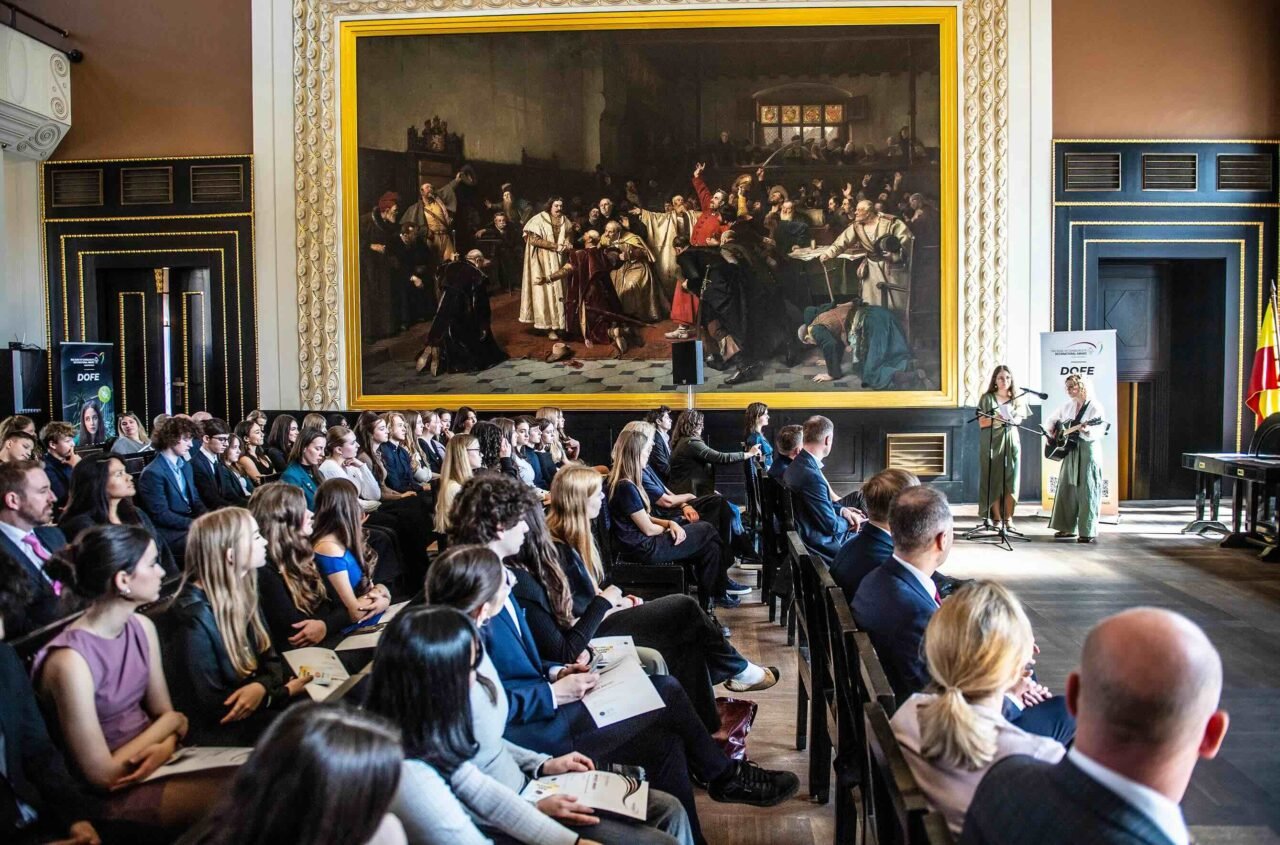🎉 Join Us for Our Open Day – November 11th! Come explore our campus, meet our team, and discover what makes our school special.
Reserve your spot now ⇱
To an extent we have always made use of elements of the British approach, Czech approach, and also the best educational approaches from all around the World

Amongst the many positive changes which we are planning and working on for the 2025-2026 academic year is a significant modification of the curriculum in our Primary School. To an extent we have always made use of elements of the British approach, Czech approach, and also the best educational approaches from all around the World, but we are going to take this one step further. We intend to consciously amalgamate the Czech and British curriculums, taking the best elements of both.
Why, and what will the positive impacts be?
For some subjects the impact will be greater than others. For instance up until now the school has been teaching British history. From next year we will be teaching the same time periods and skills, but from the Czech and Czech global perspective. This will enable our international students to connect far better with the country and city in which they are living. It will also enable us to capitalise far better on the huge amount of history which is on our doorstep in Prague, which we hope will increase student’s excitement about, and interest in the subject.

But surely Maths is Maths?
You might think that in many subjects there will be no change, but you may be surprised. Taking Maths as an example, simply speaking the Czech curriculum starts off more slowly than the British, but then accelerates and overtakes it, taking students further by the end of Primary. By amalgamating the two we will be able to use the lessons of the British approach to improve students skills more quickly in the lower years and then in the higher years capitalise on the Czech approach to extend students skills further than is usual in the British curriculum. The Czech Maths curriculum also emphasises geometry to a greater degree than the British, and uses different approaches to solving particular problems. For instance the Czech method for approaching something as apparently simple division and multiplication are different to the British. By teaching students both British and Czech approaches to solving the same problem we give them a greater armoury of skills to use in the future, and enable them to choose approaches which better suit them.

What is CLIL?
Although this is something which we are doing already, its worth noting that we are using every subject in the curriculum (apart from modern languages) as a vehicle to teach English to students, many of whom are second or third English language speakers. This is an approach known as Content Language Integrated Learning, CLIL. We integrate language teaching with subject content (and skills) teaching. The CLIL approach emphaises not just teaching the key vocabulary needed in a particular subject (such as test tube, era, valley, subtract), known as Content Obligatory language, but also Content Compatible language. Content Compatible language is what actually allows students to use the vocabulary they have learned in a sentence. For instance if we are teaching about the growth of an animal students also need the words “then,” “after some time,” or “finally”.
So what does this mean overall?
As we look ahead to the 2025–2026 academic year, our Primary School curriculum will undergo an exciting and positive transformation. By carefully blending the strengths of both the Czech and British educational systems, we will provide students with a richer, more well-rounded, and future-focused learning experience. This approach not only strengthens academic outcomes, such as providing a more local historical context and enhanced mathematical thinking, but also supports language development through CLIL methodology. Ultimately, this curriculum evolution is about equipping every child with diverse tools, perspectives, and skills to thrive in both local and global contexts and prepare them fully for their move to our Secondary School.